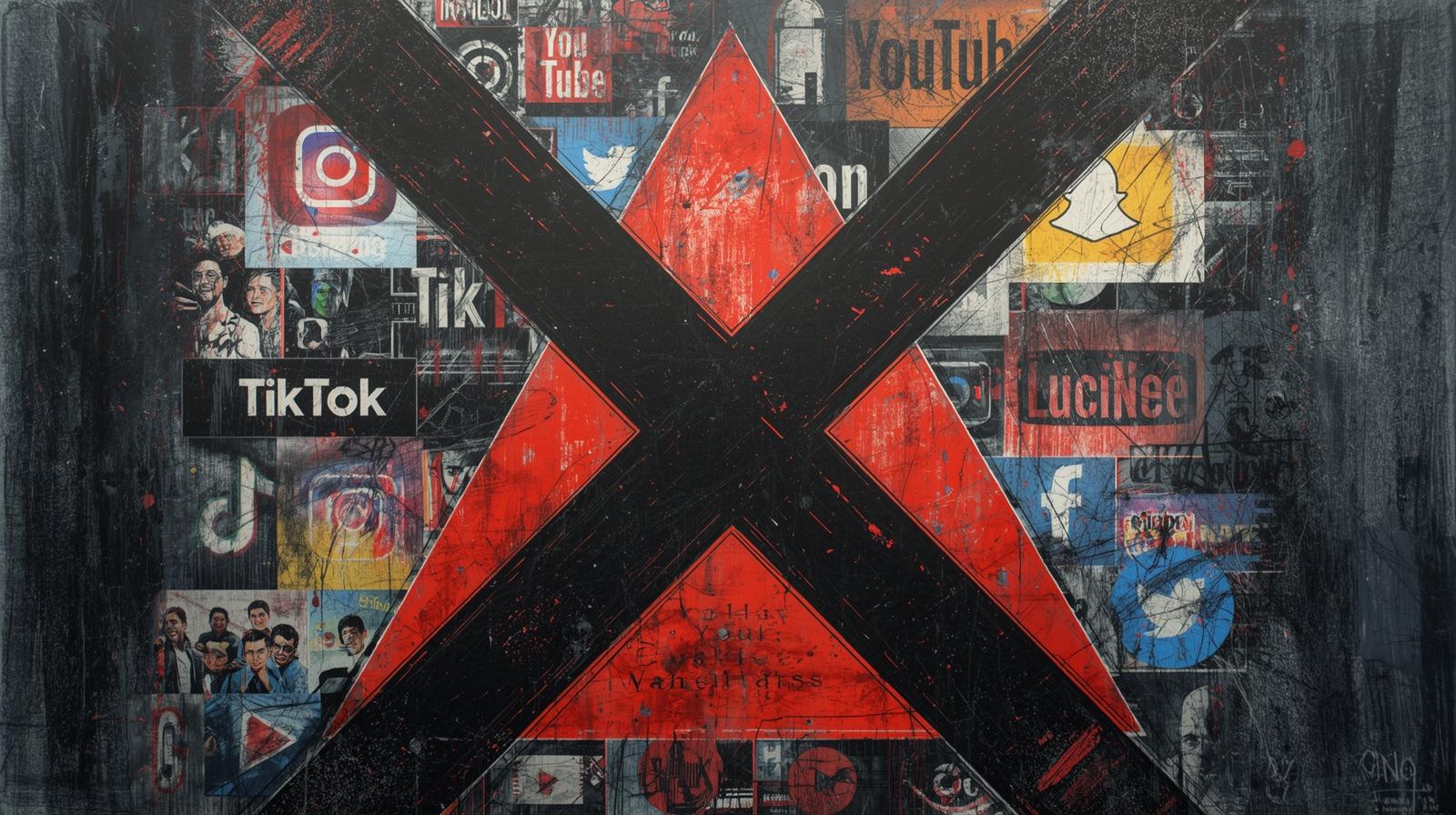7 Common Mistakes Brands Make When Partnering with Influencers

Influencer marketing has become a $21 billion industry, yet many brands still struggle to see meaningful returns from their partnerships. While the potential for authentic audience engagement and brand growth is enormous, the path to success is littered with costly mistakes that can damage both your budget and reputation.
The good news? Most of these pitfalls are entirely preventable when you know what to watch for. Let's explore the seven most common mistakes brands make when partnering with influencers—and how to avoid them.
The 7 Critical Mistakes to Avoid
1. Choosing Influencers Based Solely on Follower Count
Many brands fall into the "bigger is better" trap, assuming that millions of followers automatically translate to better results. This misconception leads to partnerships with influencers who have impressive reach but poor engagement rates or audiences that don't align with your target market.
The Fix: Focus on engagement rates, audience quality, and brand alignment instead. A micro-influencer with 50,000 highly engaged followers in your niche often delivers better ROI than a celebrity with millions of passive followers.
2. Skipping Audience Analysis
Partnering with an influencer without understanding their audience demographics is like shooting arrows in the dark. You might discover too late that their followers don't match your ideal customer profile.
The Fix: Request detailed audience insights including age, location, interests, and purchasing behavior. Tools like AddInfluencer use AI to analyze audience data and match brands with creators whose followers align with target demographics.
3. Being Too Controlling with Creative Content
Micromanaging every aspect of an influencer's content destroys the authenticity that makes influencer marketing effective. When brands demand scripted posts that sound like traditional ads, they lose the genuine voice that attracted them to the influencer in the first place.
The Fix: Provide clear brand guidelines and campaign objectives, then trust influencers to create content in their authentic style. Their audience follows them for their unique voice—let them use it.
4. Failing to Set Clear Expectations and KPIs
Without defined goals and measurable outcomes, influencer campaigns become guessing games. Brands often launch partnerships hoping for "brand awareness" without specifying what success looks like or how it will be measured.
The Fix: Establish specific, measurable goals from the start. Whether it's website traffic, conversions, brand mentions, or engagement rates, both parties should understand exactly what constitutes campaign success.
5. Ignoring FTC Compliance and Disclosure Requirements
Legal compliance isn't optional in influencer marketing. Failing to ensure proper disclosure of paid partnerships can result in FTC fines and damage to brand credibility. Yet many brands still overlook this critical requirement.
The Fix: Educate your influencer partners on FTC guidelines and require clear disclosure language like #ad or #sponsored in all paid content. Make compliance a non-negotiable part of your partnership agreements.
6. Neglecting Long-Term Relationship Building
Treating influencers as one-time vendors rather than potential brand ambassadors is a missed opportunity. The most successful influencer partnerships develop over time, creating deeper audience trust and more authentic advocacy.
The Fix: Identify high-performing influencers and invest in ongoing relationships. Regular partnerships allow influencers to genuinely experience your products and create more authentic content over time.
7. Inadequate Campaign Tracking and Analysis
Many brands launch influencer campaigns without proper tracking systems, making it impossible to measure ROI or optimize future partnerships. Without data, you're flying blind.
The Fix: Implement comprehensive tracking using unique discount codes, UTM parameters, and dedicated landing pages. Monitor metrics beyond vanity numbers—focus on engagement quality, click-through rates, and actual conversions.
Building Better Influencer Partnerships
Success in influencer marketing requires strategic thinking, careful vetting, and ongoing relationship management. The brands that thrive are those that approach influencer partnerships as collaborative relationships rather than transactional arrangements.
Consider investing in tools that streamline the partnership process. Platforms that offer AI-powered matching and automated outreach can help you avoid many of these common mistakes by providing data-driven insights and standardized processes.
Conclusion
Avoiding these seven mistakes can dramatically improve your influencer marketing results. Remember that successful partnerships are built on mutual respect, clear communication, and shared goals. By focusing on audience alignment over follower count, maintaining authenticity, and tracking meaningful metrics, you'll create campaigns that drive real business results.
Ready to elevate your influencer partnerships? AddInfluencer helps brands find the right influencers using AI analysis and automated outreach, ensuring better matches and more successful campaigns from the start.